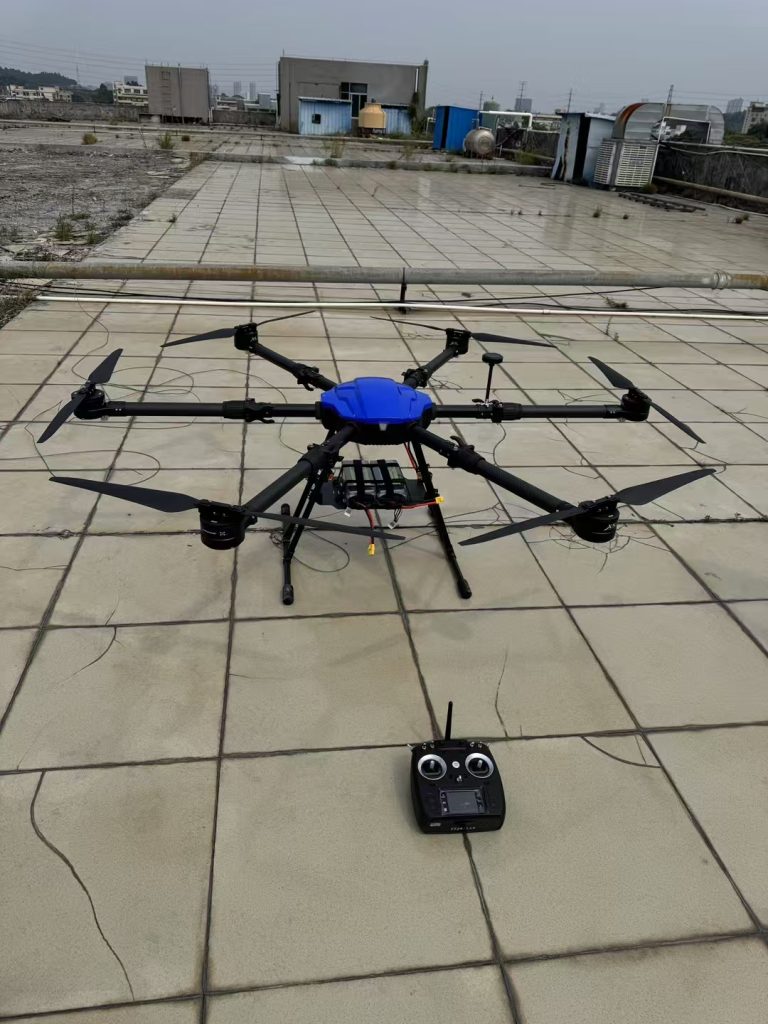
Wings Over the Highlands: How Chinese Agri-Drones Are Transforming Honduran Farming
Honduras’ countryside, a rugged mosaic of emerald coffee terraces, banana plantations clinging to volcanic slopes, and maize fields nested in misty highlands, is a land where agriculture breathes with tradition. For generations, family-run farms—most no larger than 15 hectares—have tilled this soil, producing world-renowned Honduran coffee, sweet plátanos (plantains), and hearty beans that sustain local communities and feed global markets. Yet beneath this tropical vitality, challenges fester. An aging farmer base (over 60% are over 55), a youth exodus to cities like Tegucigalpa or San Pedro Sula, and climate volatility—hurricanes that flatten crops, droughts that wither maize—threaten the survival of these intimate, heritage-rich operations. It’s here, amid the scent of ripening coffee cherries and the rhythm of ox carts, that an unlikely helper has taken flight: agricultural drones imported from China, now gliding over Honduran fields to prove that innovation and tradition can nurture a more resilient, equitable future.
Honduras’ Farms: Roots Deep, Pressures Steep
Honduran agriculture is defined by its scale and soul. In the western highlands of Copán, coffee farmers still hand-sort beans on weathered porches, their craft passed down through grandfathers. In the Caribbean lowlands, banana growers battle relentless humidity to protect their crops from fungi. Yet for all its charm, farming here is a daily act of resilience.
“On our 10-hectare coffee farm in Santa Bárbara, we hand-spray fungicides every 10 days,” says Carlos Mejía, a 62-year-old farmer. “It takes four days, six workers, and half the chemicals end up in the Río Ulúa. Last year, Hurricane Eta drowned 30% of our crop—even with all that spraying. Young folks? They’re in San Pedro Sula now. Who will keep this farm alive?”
Climate change has sharpened these strains. Warmer temperatures accelerate coffee berry borer infestations, while erratic rainfall—too much in some seasons, too little in others—disrupts planting cycles. Honduras’ commitment to reducing chemical runoff (a key demand of EU importers) adds pressure: farmers must cut pesticide use by 25% by 2030 or risk losing market access. “We need to protect our land and our livelihoods,” adds María López, who runs a small maize and bean cooperative in Lempira. “But monitoring 20 hectares of hills for blight? Impossible by foot. My hands are full just fixing stone walls.”
Drones Tailored for Honduras’ Land and Love of the Soil
When we first explored exporting to Honduras, we didn’t just send drones built for flat, industrial farms. We studied the country: its mountainous terrain, tropical downpours, and the quiet pride of its farmers in “farming with orgullo (pride).” What emerged was a machine built not just for Honduras’ challenges, but for its culture of community and deep connection to the earth.
Built to conquer the highlands: With a reinforced aluminum frame and IP68-rated electronics, our drones thrive in Honduras’ misty, rain-soaked highlands. Their high-capacity batteries retain 90% charge even after 80 minutes of hovering in 28°C cool mountain air—critical for farmers working long days amid fog and mud. “In the past, my old sprayer rusted in two months,” Carlos laughs. “This drone? It’s still flying strong after a year of hurricanes and coffee harvests. It doesn’t mind the mud or the altitude.”
Precision for small, sacred plots: Multispectral sensors map crop health at the leaf level, flagging early signs of drought, nutrient deficiency, or pest infestations. For María’s cooperative, this meant identifying blighted maize fields before they spread—saving 30% of their harvest last season. “The drone shows me exactly which plots need help,” she explains. “No more guessing. My beans are healthier, and I’m using half the fertilizer.”
Simple enough for abuelos, smart enough for youth: Many Honduran farmers are tech-curious but value tradition. We designed a Spanish-language app with one-touch “health scan” and “spray plan” modes, paired with workshops led by local agronomists in community centers, over baleadas (fluffy tortillas with beans) and café de olla (sweetened coffee). “I thought drones were for Tegucigalpa’s tech kids,” admits Carlos’ grandson, Luis, now a farm hand. “But after the training? I flew one myself. It’s like using a drone for photos—intuitive, and it makes me feel like I’m protecting our farm for the future. Now I’m teaching my granddad how to read the soil maps. It’s bridging generations.”
More Than Machines: Trust in the Heart of Central America
In Honduras, trust is earned over baleadas and stories of overcoming hurricanes. We didn’t just drop off drones; we partnered with the Secretaría de Agricultura y Ganadería (SAG) to host “drone field days,” where farmers tested our tech alongside traditional methods. At a coffee cooperative in Copán, growers compared drone-sprayed plots to hand-sprayed ones—finding 45% less chemical runoff and 20% higher yields. At a banana plantation in Atlántida, managers used drone data to target fungicide application, slashing costs by 30%.
“Honduran farmers are resilient but pragmatic,” says SAG’s regional rep, Elena. “They need to see results, not specs. Once they do? They become our biggest champions.”
That trust deepened when we adapted to their reality. During last year’s drought, we rushed water-efficient nozzles to farmers using our drones. When Carlos struggled to map steep coffee terraces, our engineers updated the flight algorithm to hug contour lines—avoiding crashes into rock walls. “You didn’t just sell us a tool,” María says. “You stayed when the rains failed. That’s confianza (trust).”
Today, drones are quietly transforming Honduran farming:
-
Coffee Farms (Santa Bárbara): Carlos now monitors his crop weekly, cutting chemical use by 50% and saving 25% of his harvest. “My coffee tastes the same, but my grandson’s staying. He sees a future here—with drones.”
-
Maize Cooperatives (Lempira): María’s group uses drones to optimize fertilizer application, boosting yields by 18%. “More corn means more food for our families. The extra income lets us send our kids to school.”
-
Banana Plantations (Atlántida): Luis’ team uses drones to spot early signs of sigatoka disease, treating small outbreaks before they spread. “Last year, we saved 35% of our crop. The drone is our new scout—faster and kinder to the jungle.”
A Partnership Rooted in Growth and Respect
What began as a business venture has become a collaboration. Honduran farmers teach us about their land: how drones handle the country’s sudden mountain mists, which crops (like yuca cassava) need gentler spray settings, even which local phrases make training stick (“¡Vuela, dron!”—“Fly, drone!”—is now our workshop cheer). In return, we’re refining our drones: larger tanks for Copán’s bigger coffee farms, quieter motors to avoid spooking oxen, and solar panels to extend flight time in long dry seasons.
As Honduras aims to boost agricultural exports by 25% by 2030, drones offer more than efficiency—they offer hope. They let young farmers like Luis see a future where technology and tradition coexist. They let elders like Carlos pass down farming wisdom without burning out. And they let this Central American nation prove that even in a world of industrial farms, small plots can thrive with tools that respect the earth.
So when you next see a drone gliding over Honduran coffee terraces or banana groves, know this: it’s not just flying. It’s carrying the dreams of a community, the lessons of a factory halfway across the world, and the quiet belief that the best innovations honor the past while nurturing the future.
After all, in a land where the soil is rich with history, progress should feel like coming home—warmer, wiser, and ready to grow.
THE END

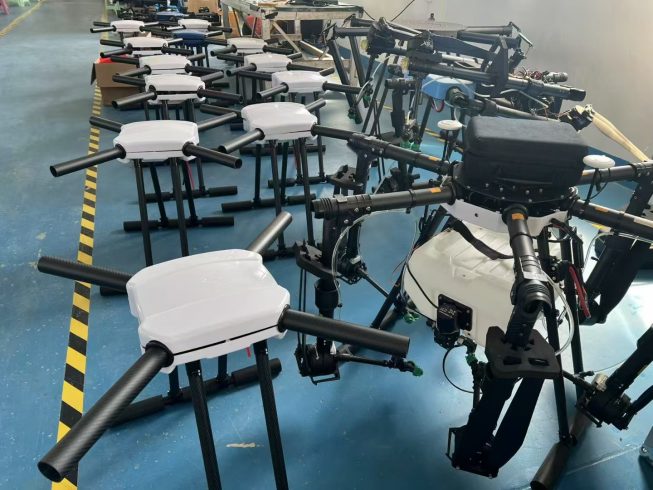
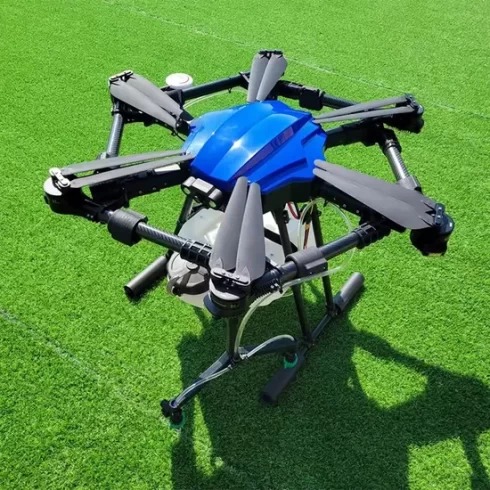
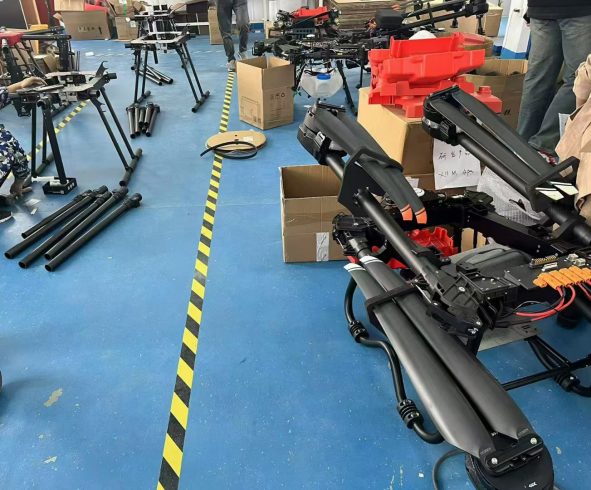
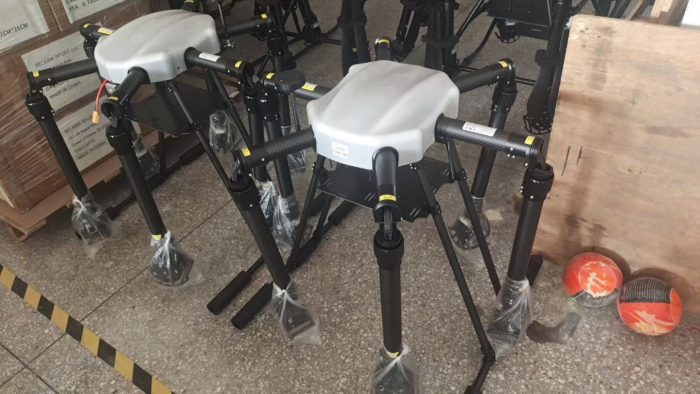
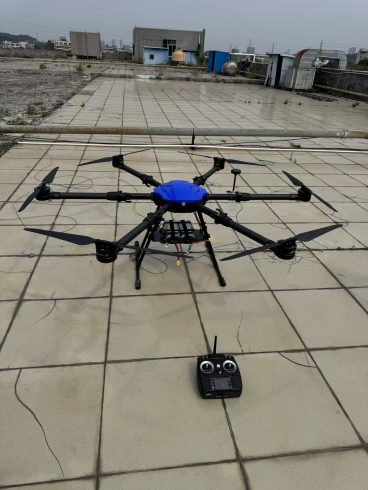
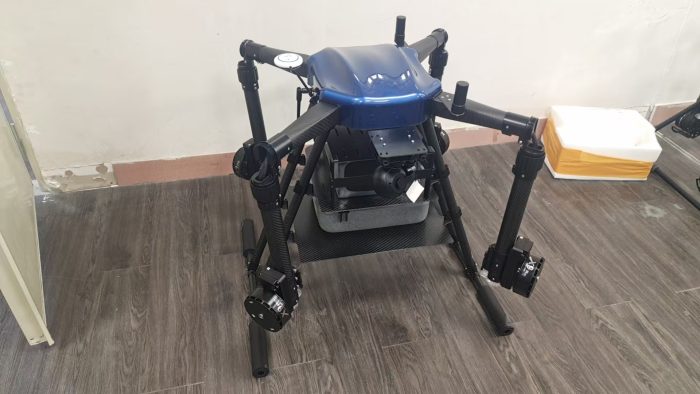
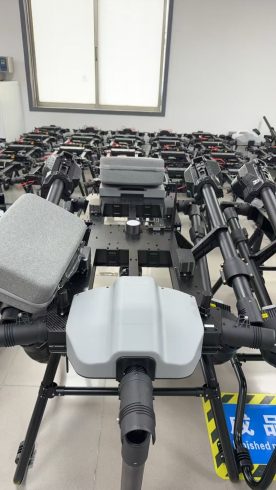

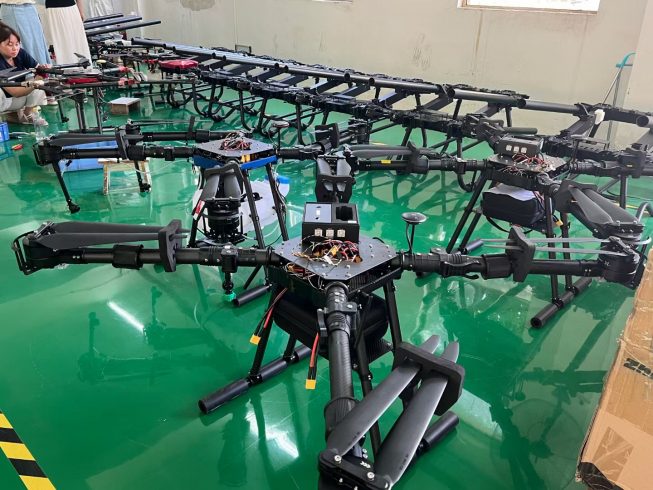

暂无评论内容